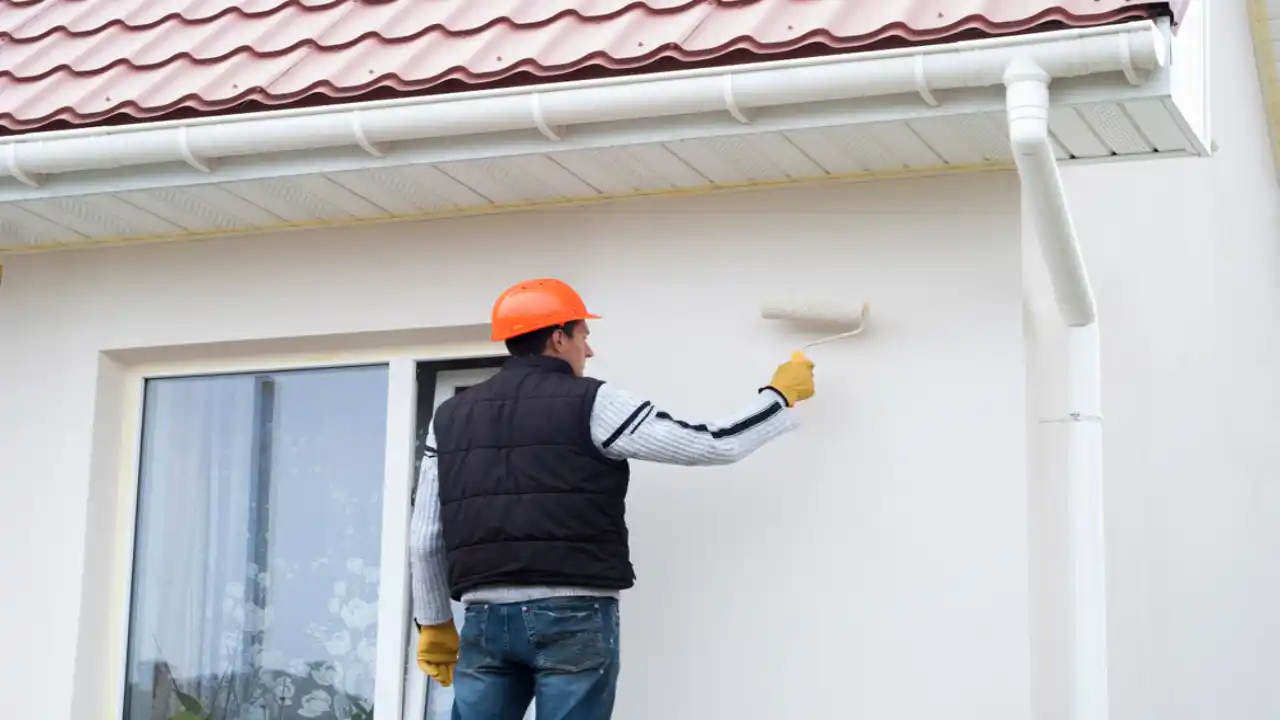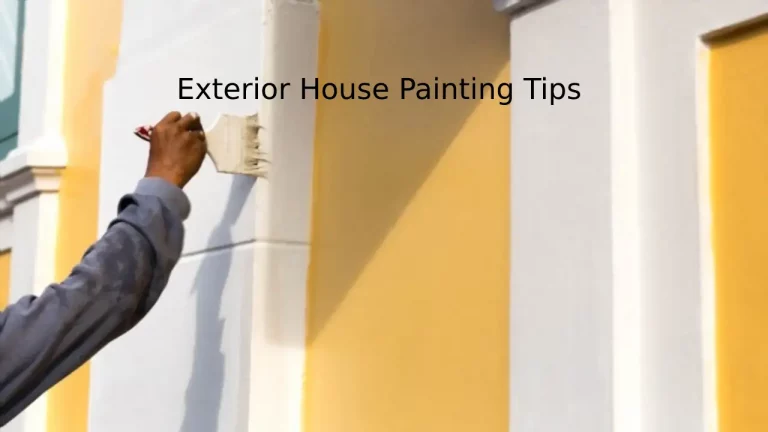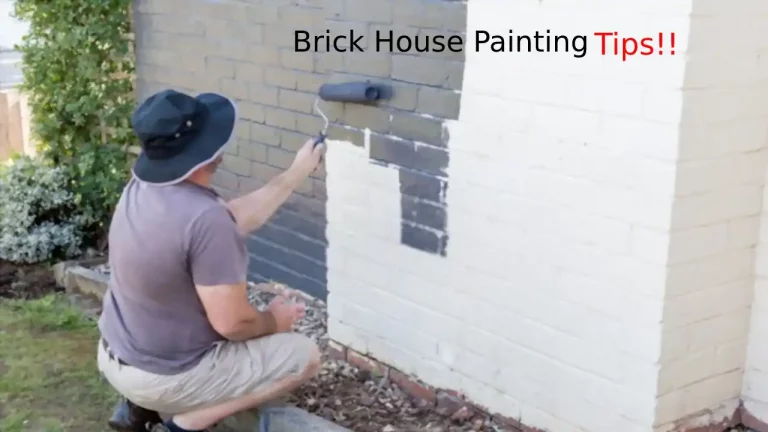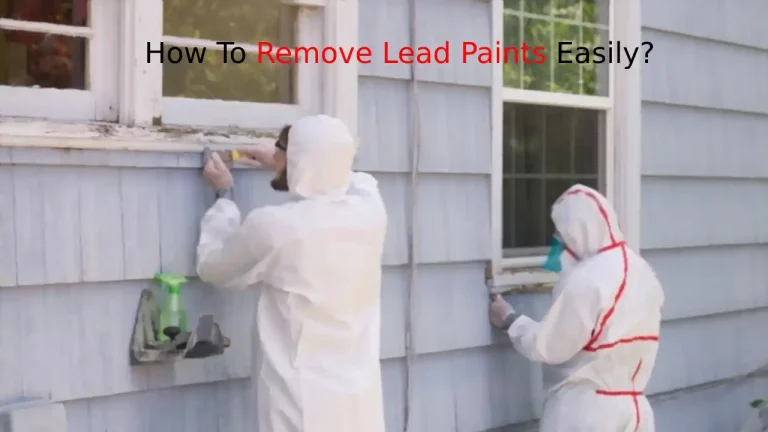Home exteriors should be painted every three to five years to maintain and increase the value of your home. But instead of spending hundreds of dollars to professionally paint your house, why not try a hand at it yourself?
There are several important tips you need to keep in mind when painting the exterior of your house, all of which are discussed today. In short, the success of your work depends on the quality of your paint, the techniques employed throughout the painting process, and the weather.
Read on to discover some of our top exterior house painting tips that all professionals use during their work.
1. Use High-Quality Paint and Materials
While it may be tempting to go for a cheaper brand, it’s always worth paying several dollars more for higher-quality paint.
Cheaper paints don’t deliver the same quality as more expensive paints. Their pigmentation is larger and thinner, resulting to uneven coverage. Since cheap pain requires several additional coats, you’ll have to buy twice as much paint. In the end, you spend just as much, if not more, for cheap paint.
So, save yourself the headache and buy quality paint for your exterior job. Quality paint provides even coverage in as few coats as possible.
Ideally, use a paint made of 100% acrylic latex. Acrylic latex features strong pigmentation, excellent binding, and solvents that make the paint easy to apply.
Similarly, avoid low-quality brushes, roller covers, and painter’s tape. High-quality brushes and roller covers hold more paint and apply it more evenly, so no time is wasted on re-application. They’re also easier to clean, and won’t leave you with random bristles stuck in your paint.
High-end painter’s tape comes in extremely handy for sealing out blurs and drips.
2. Weather Matters
Since you’re painting the exterior of your house, you have to take note of the weather. Don’t paint in direct sunlight and extreme heat, as it’ll dry the paint too fast. This results in blistering, peeling, and ugly brush marks.
Likewise, don’t paint on windy days, as the wind can blow dirt and debris into the wet paint.
If you’re using latex paint, make sure the weather outside is above 50 degrees F, unless the paint is specifically designed to resist the cold.
The weather app is your friend; visit it the day before you’re planning to paint to make sure the weather is decent the next day. You certainly don’t want to paint in mid-summer, sweating buckets under the blazing sun, or in mid-winter, shivering while holding the paint roller.
Early summer and early fall offer the ideal weather for exterior painting, with minimal rain and minimal weather fluctuations. It’s not too hot nor too cold.
3. Do a Quick Wash Down
Before painting the exterior of your house, pressure-wash the walls to remove dirt, grime, and dust build-up.
Washing the walls before painting ensures even, smooth coverage.
If you don’t wash the walls, your handiwork won’t hold up over time. The paint won’t properly adhere to the walls, leading to immature flaking. You’ll also notice obvious bumps or lumps in the paint.
If you don’t have pressure water, use a garden hose with a spray attachment. The sharp spray washes away surface dirt, dust, cobwebs, thin soot, and leaves.
For particularly dirty spots, hand-apply a phosphate-free cleanser like Mildew Killer Concentrate or Jomax House Cleaner with a sponge.
4. Repair Damaged Surfaces
Painting over a damaged surface leads to cracked paint and blemishes on the wall. So, before you start painting, repair any and all damaged surfaces of the exterior wall.
Cover cracks and holes with epoxy filler or new compound. Use a spackled knife for the best results. Then, lightly sand the covered surface with a medium-grit sanding block.
5. Paint Strategically
Since you’re painting a large surface, plan a strategic approach to maximize your efficiency.
Avoid drips, spatters, and multiple applications, paint from top to bottom.
On particularly textured surfaces, use the spray and roll technique. This technique requires two people: one sprays the surface quickly and evenly spreads the paint, while the other person runs a roller over the paint that’s just been sprayed on.
Focus on the wall and large areas first, and the doors, molding, shutters, fascia, and other decorative details last. Since premium paints flow on easily, you don’t have to put too much pressure on the roller.
If your budget allows, apply a second coat after the first coat has dried. This is especially important if you’re painting a more vibrant shade.
Also, use the ladder only when necessary. Extension poles are your best friends. Attach them to the roller to cover hard-to-reach areas.
If you need to use the ladder, paint whatever is in reach so you don’t have to go up and down every few minutes.
Paint as far as you can safely and comfortably reach while on top of the ladder. You don’t necessarily need to follow the house’s pattern. Just avoid overreaching as you’re not only risking injury but also a poor and inconsistent paint job.
6. Perfect the Visible Areas
Double your effort on the visible areas of the house, like the front and back doors. Since they’re situated at the most obvious parts of the house, make them look as “perfect” as possible.
Less-seen areas, like under the eaves, don’t require as much care.
7. Avoid Lap and Brush Marks
Lap marks occur when wet and dry layers overlap during paint application. To avoid lapping paint, maintain a “wet edge” by rolling or brushing back into that wet area you just painted. While the paint is still wet, paint in manageable area sizes and cut into planned breaks.
Brush marks are left by the bristles of a paintbrush. They appear at the end and the beginning of a brush stroke.
Avoid these marks by painting in the same direction and using an even thickness of paint.
Leave the finish coat of paint in a downward direction so it doesn’t produce a contrasting and reflective finish.
Conclusion
Painting the outside of your house seems like a daunting task, especially if you have a large area to cover. However, with the tips above, painting your house exterior will be as easy as a regular DIY job.
However, if you have to paint your exterior wall brick, check our guide on tips for painting exterior brick.
If in doubt, consult professional advice at your local paint store. They may share valuable information that may be particular to your neighborhood and location. Good luck!







